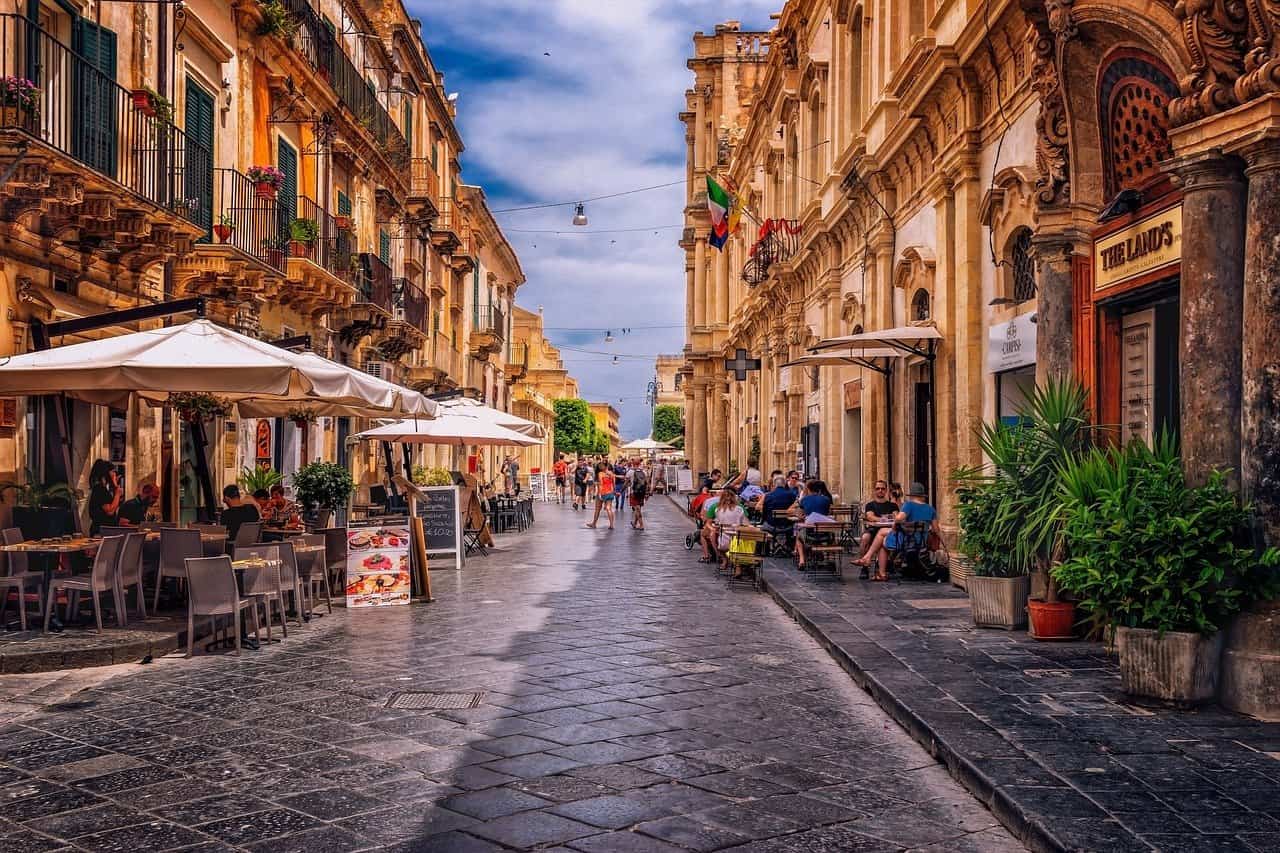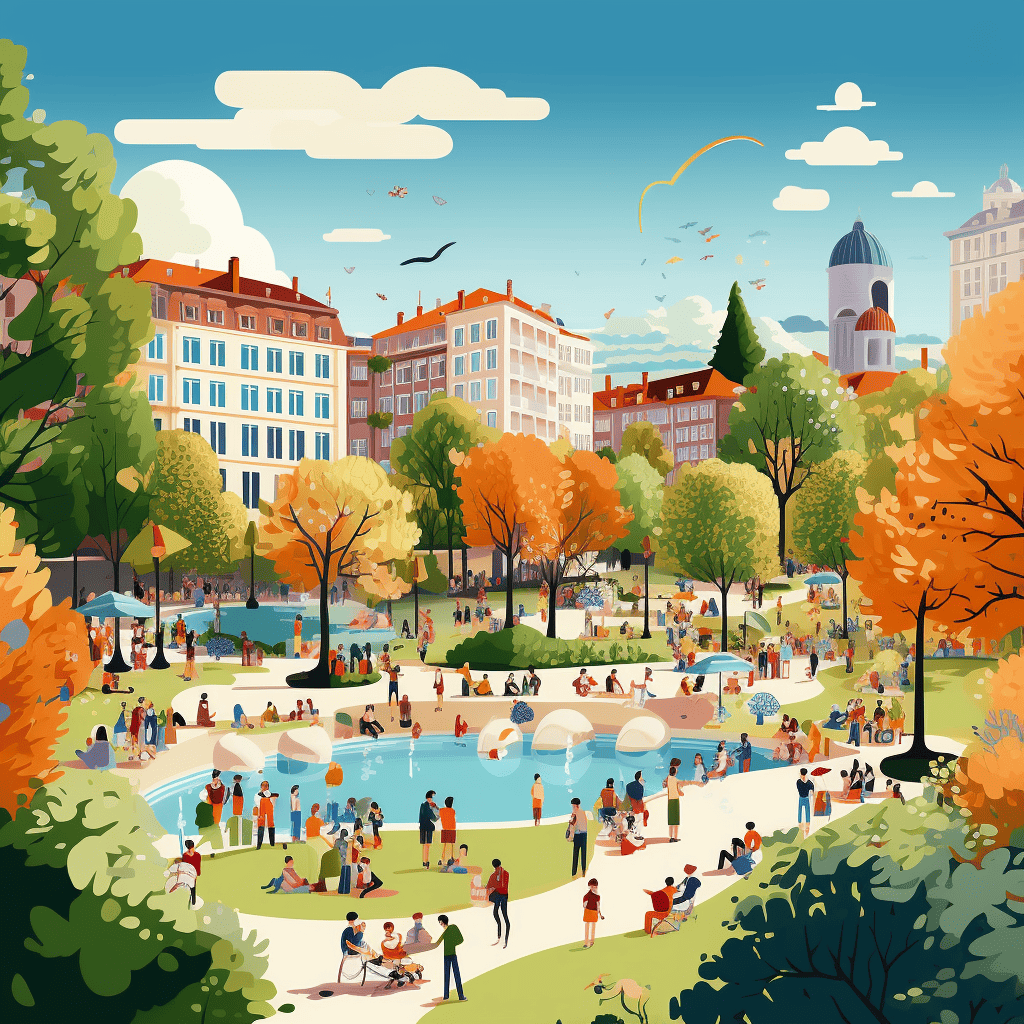
The impact of extreme heat in urban areas is a growing problem. Adding more green space and water storage to urban areas are effective solutions. With more greenery, the city’s temperature drops, improving livability at the same time. In addition, water storage helps to retain water in cities, contributing to more greenery and, thus, a cooler environment.
Different approaches to water storage are on the rise, ranging from natural and purifying water storage using shells and minerals to plastic solutions made from recycled materials.

The importance of data and digital models
Collecting relevant data and creating accessible tools to analyze data are crucial in addressing extreme heat in cities. This is where digital models, such as digital twins, come in. A digital twin is a digital version of a city and can help identify hot spots and assess potential solutions.
Collecting data at the street level can help implement local solutions. At this level, it is essential to determine what measures work better against extreme heat, as there is no one-size-fits-all solution.
The role of government and the importance of urban adaptation
The government can encourage climate-adaptive building. “If we really want to succeed in this, I think we have to impose laws and regulations partly from the government. On the other hand, we can also give stakeholders room to make their own decisions. Then it is important to make the right information available,” associate professor Martine Rutten at TU Delft told Innovation Origins earlier.
Urban environments amplify the effects of climate change, such as heat, drought, and flooding. Green (planting) and blue (water) spots within a city can provide cooling. At the same time, modifications to buildings, such as shading and cooling building structures, can lower indoor temperatures and improve indoor environmental quality.
Reflectivity and air pollution
Increasing the reflectivity of surfaces improves cooling. Several international studies describe ways to lower urban temperatures, such as increasing the surface reflectivity of roofs, walls, and streets. By contrast, air conditioning can lead to more air pollution and heat in the streets. It is, therefore, essential to consider urban functions and developments when (re)designing cities. Listing all the pros and cons of cooling measures with AI can be of great help in the future. This way, we can take the best measures at each specific location.

